First Aid for Concussion: A Comprehensive Guide
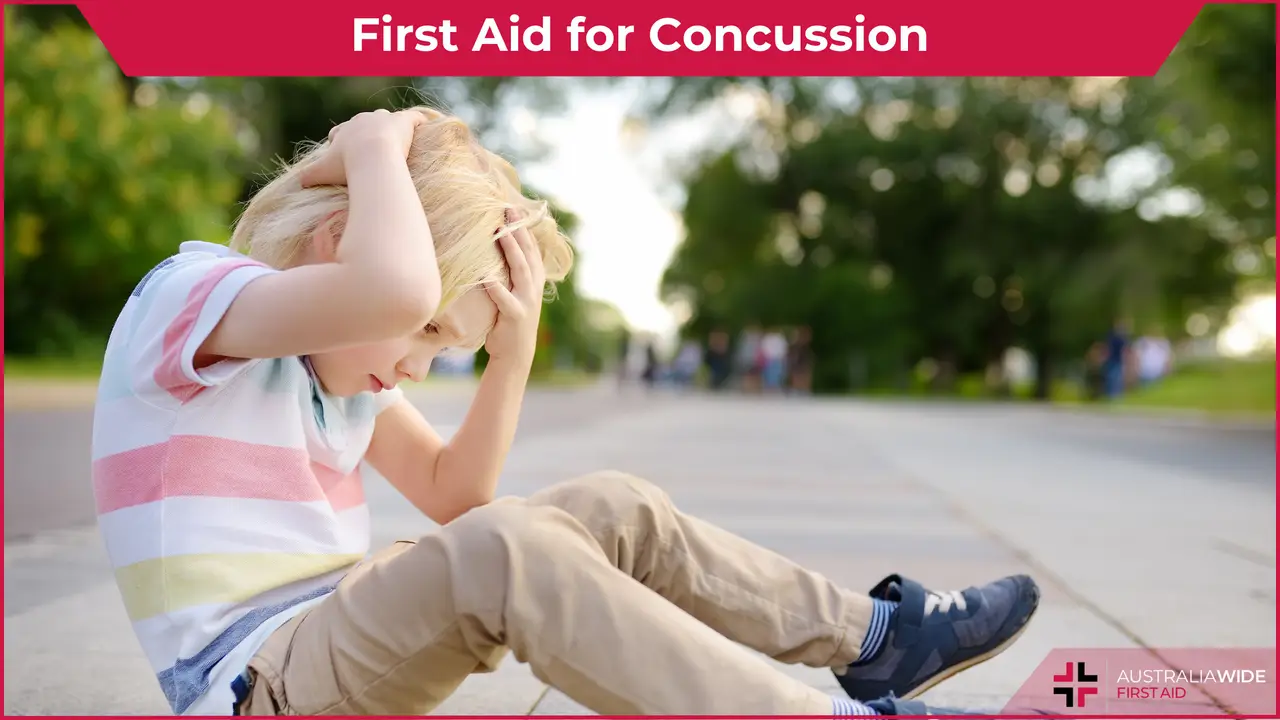

Concussions are a significant public health concern in Australia, particularly among athletes and children. According to recent data, sports-related activities account for a large proportion of concussions.
Injuries to the head are always regarded as serious because they can inflict damage to the brain and spinal cord as well as damaging the bone and soft tissue. As a result, head injuries can be devastating to the casualty.
Head injuries can be invisible to the eye. In many instances, a casualty who appeared unaffected after an incident will collapse with life-threatening symptoms some hours later.
This may be due to ‘whiplash’, the sudden movement of the head forward and backward on impact which may cause a small bleed in the brain that eventually increases and applies excessive pressure on the brain tissue.
Such injuries can mislead the first aid provider by not exhibiting the expected signs and symptoms immediately after an incident. As a first aid provider you should always take head injuries seriously.
According to the Australian Institute of Health and Welfare, concussion:
Brain Injury Australia mentions:
Every year in Australia more than 3,000 people are hospitalised after being concussed, just from playing sport. But triple that number won’t seek medical attention. And as many as ten times that number won’t even report their concussion to teammates, coaches or family because they fear being removed from play. Or they don’t even know they’re concussed. Nine out of ten people hospitalised with concussion don’t recognise the injury.
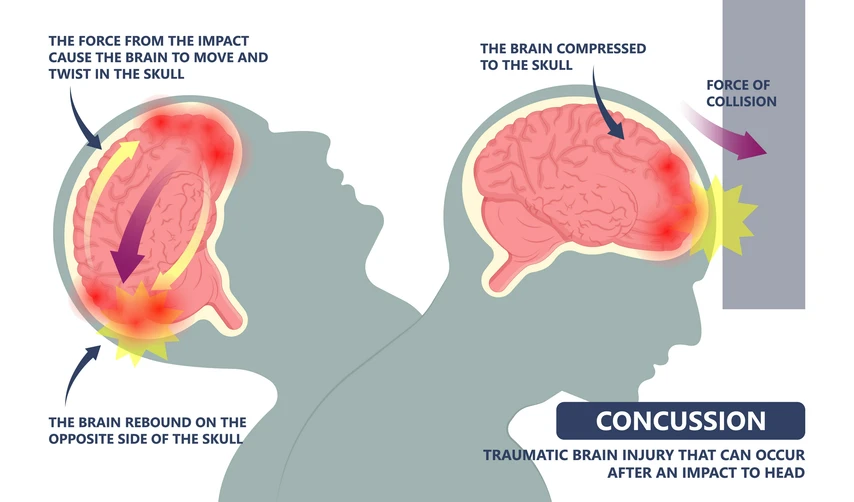
Concussions can present a variety of symptoms, which may appear immediately or develop over hours to days. Common symptoms include:
In children, symptoms might also include irritability, changes in eating or sleeping habits, and a loss of interest in favourite activities.
If you are unsure, look at the history of the incident and the mechanism of injury.
Quote from ANZCOR: "There is insufficient evidence to support or refute the use by first aiders of simplified concussion scoring systems such as the Sport Concussion Assessment Tool (SCAT), the Glasgow Coma Scale (GCS) or Alert, Voice, Pain, Unresponsive (AVPU) versus standard first aid without a scoring system. (CoSTR 2015) The serious consequences of not recognising concussion in the first aid environment warrants advising all victims who have sustained a head injury, regardless of severity, to seek assessment by an health care professional or at a hospital."
If, in your opinion, the patient’s conscious state is altered, or the incident had the potential to cause serious injury, assume the worst and treat as a serious head injury.
Likewise, if there is any loss of consciousness, regardless of how long for, it should be treated as a severe injury.
In some instances, serious head injury is readily identified by certain signs particular to the injury.
Remember, just because a casualty has two black eyes (raccoon eyes), this does not necessarily mean they were struck in the face. Raccoon eyes may indicate a forceful impact elsewhere on the skull.
Blurred or double vision is common with concussed casualties. It indicates that the brain has been dealt a blow that has temporarily affected its ability to correctly process the sight senses. Concussion is the body’s way of protecting the brain. Of all the head injuries, the severity of this is often underestimated and many casualties have succumbed several hours after the incident.
As such, any suspicion of a concussion should be treated seriously.
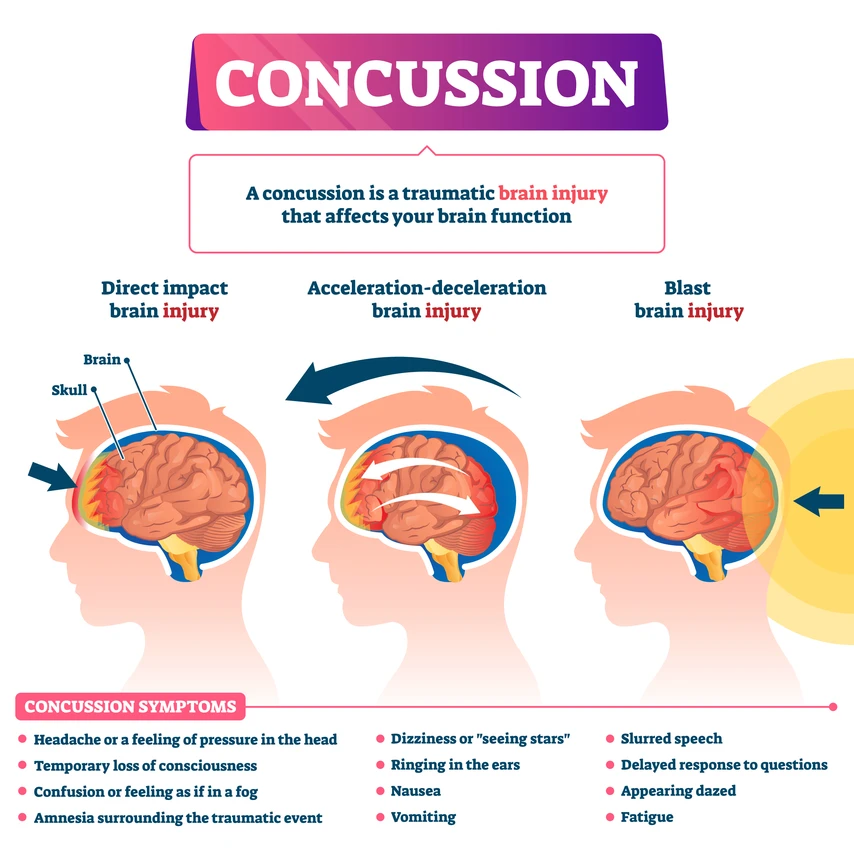
As with any suspected or visible injury, follow DRSABCD.
If the suspected concussion occurs during sport, follow the ‘when in doubt, sit them out’ mantra. [] Any athlete who develops symptoms consistent with concussion should be removed from play and undergo a graded return to sport strategy.
Ensure Safety
If the injured person is in a hazardous environment (e.g., on a road), move them to safety if it can be done without causing further injury.
Check Responsiveness
Always check the patient’s response and whether they have any alteration of consciousness. Ask age-appropriate questions such as:
Monitor Breathing and Circulation
Ensure the person is breathing and has a pulse. If they are unconscious and not breathing, start CPR and call emergency services immediately. Care should be taken to protect their neck and maintain a clear airway in all first aid procedures.
Prevent Movement
Encourage the person to remain still and avoid any unnecessary movement, particularly of the head and neck, to prevent potential spinal injuries. If injury is suspected to be moderate or severe, immobilise the casualty’s head and spine by having one person place their hands on either side of the casualty’s head (palms inwards), but do not cover the ears.
Treat Any Wounds
Use a cold compress or ice pack (wrapped in a cloth) on any visible bruises or bumps to reduce swelling. Treat any open or bleeding wounds following basic wound care. If wounds are severe, call Triple Zero (000) for advice, explaining the nature of the head injury and that you suspect concussion.
Seek Medical Attention
Even if symptoms seem mild, it’s crucial to get the person evaluated by a healthcare professional as soon as possible.

All head injuries, regardless of severity, should be assessed by a medical practitioner as soon as possible.
Immediate emergency medical attention is necessary if the person exhibits any of the following symptoms:

After initial treatment, rest is vital for recovery from a concussion.
This includes both physical rest and cognitive rest (limiting activities that require thinking and concentration, such as reading or using electronic devices).
Gradual return to normal activities should be guided by a healthcare professional.
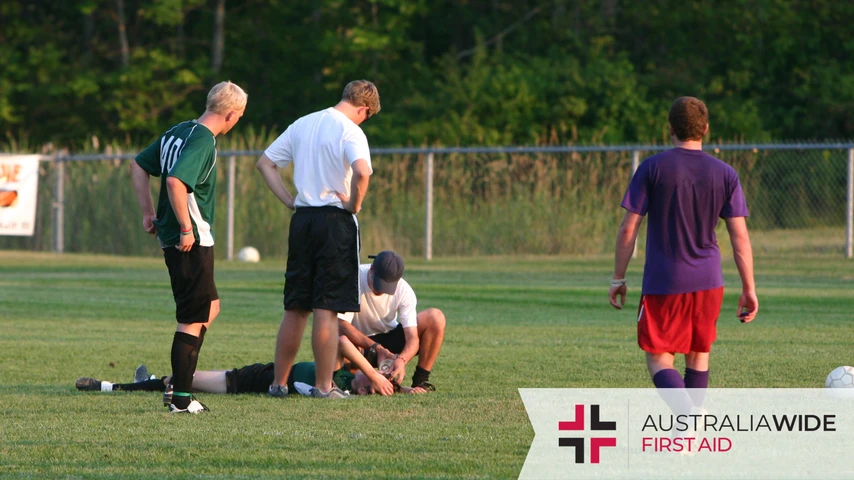
Proper first aid and timely medical evaluation are crucial in managing concussions.
Awareness and education on the signs and symptoms can help mitigate the risks associated with head injuries.
Always prioritize safety and seek professional medical advice to ensure a comprehensive approach to concussion management.

March 6, 2025
Falls are one of the most common causes of injury, particularly among children and older adults. Whether it’s a simple trip or a serious fall from height, knowing how to administer first aid can prevent further injury and, in some cases, save a life.

October 1, 2024
The musculoskeletal system is the foundation of human movement, support, and protection, playing a critical role in our ability to perform everyday tasks. Understanding the components and functions of the musculoskeletal system is essential for preventing injuries and managing conditions that may arise, particularly in workplaces where manual handling tasks are common.
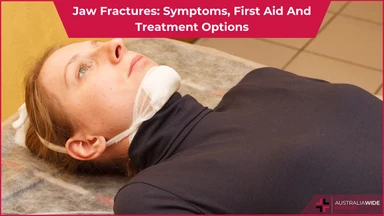
August 28, 2024
A jaw fracture is a break or crack in the jawbone. This type of injury can occur due to various reasons and may result in considerable pain and difficulty in performing everyday activities like eating and speaking.